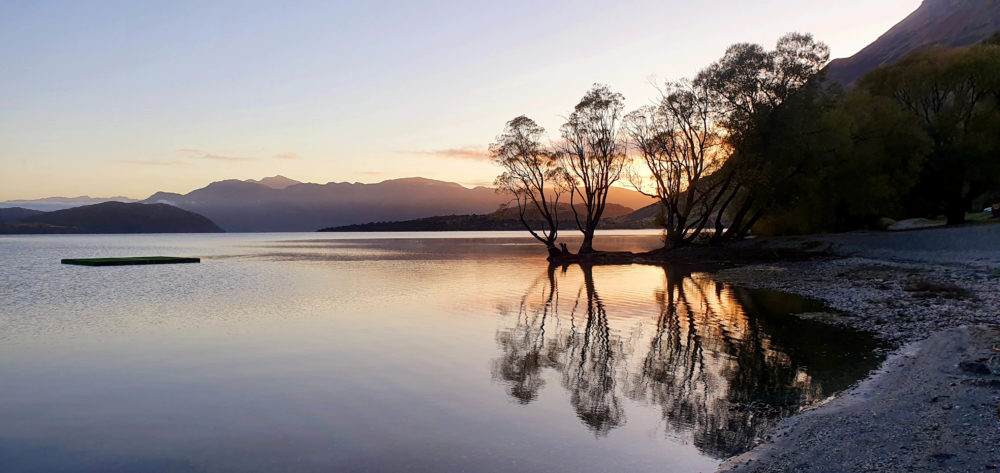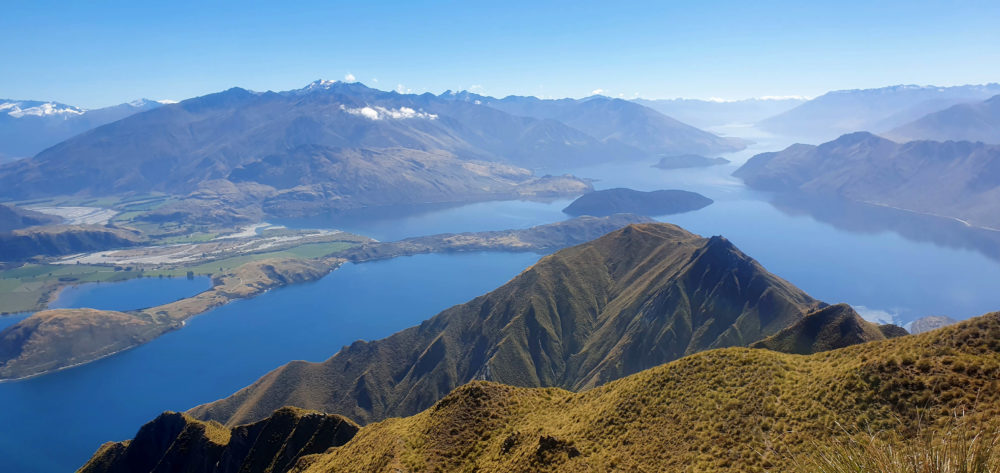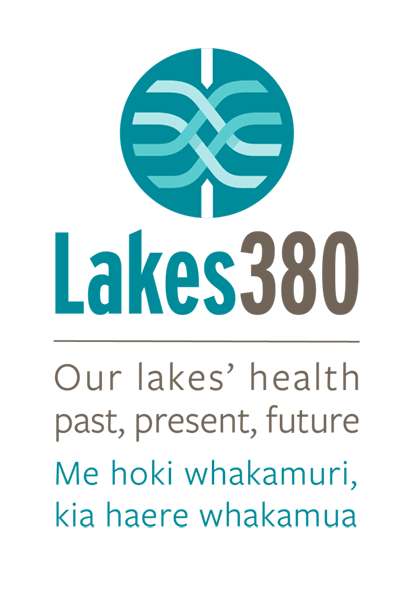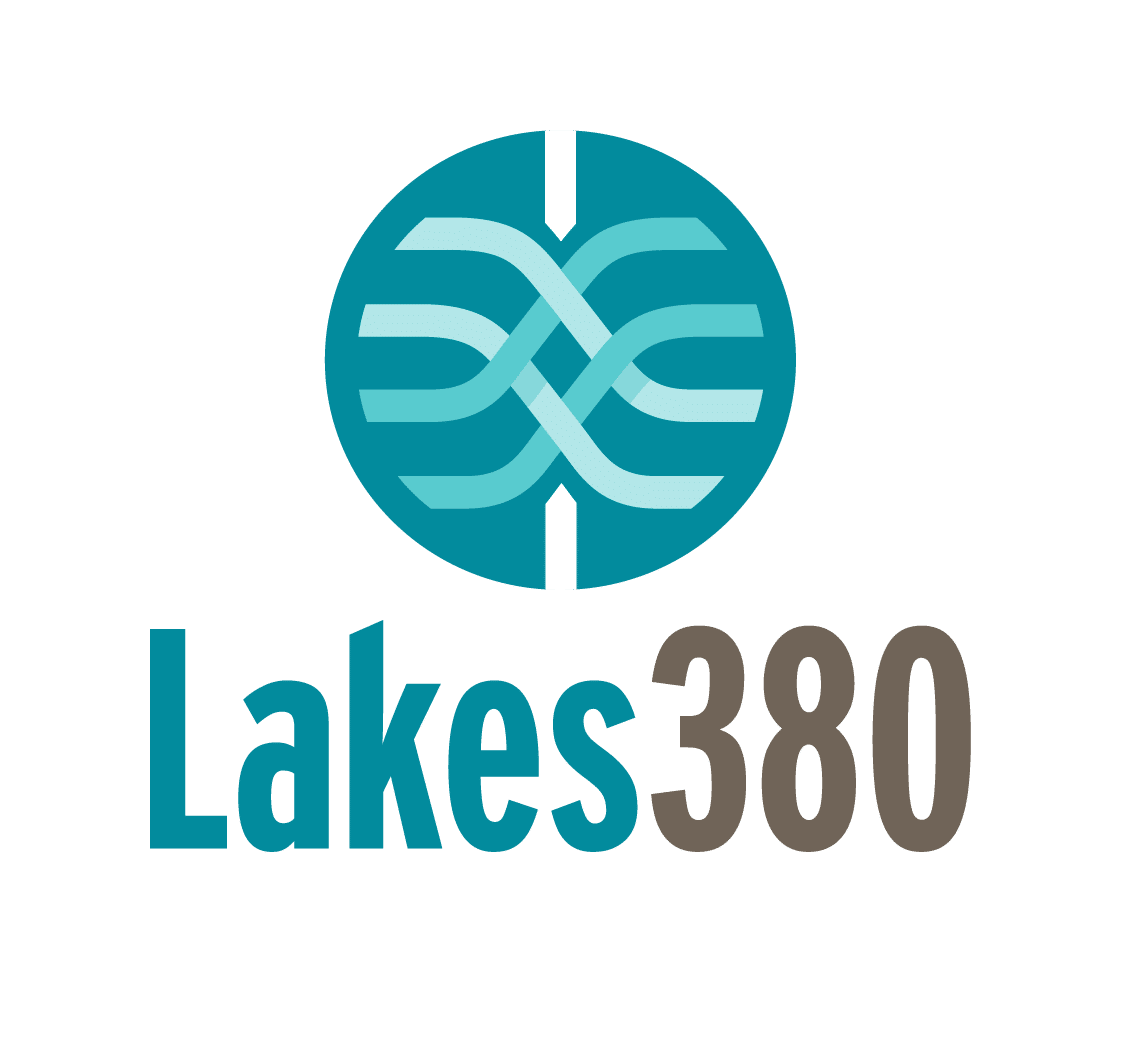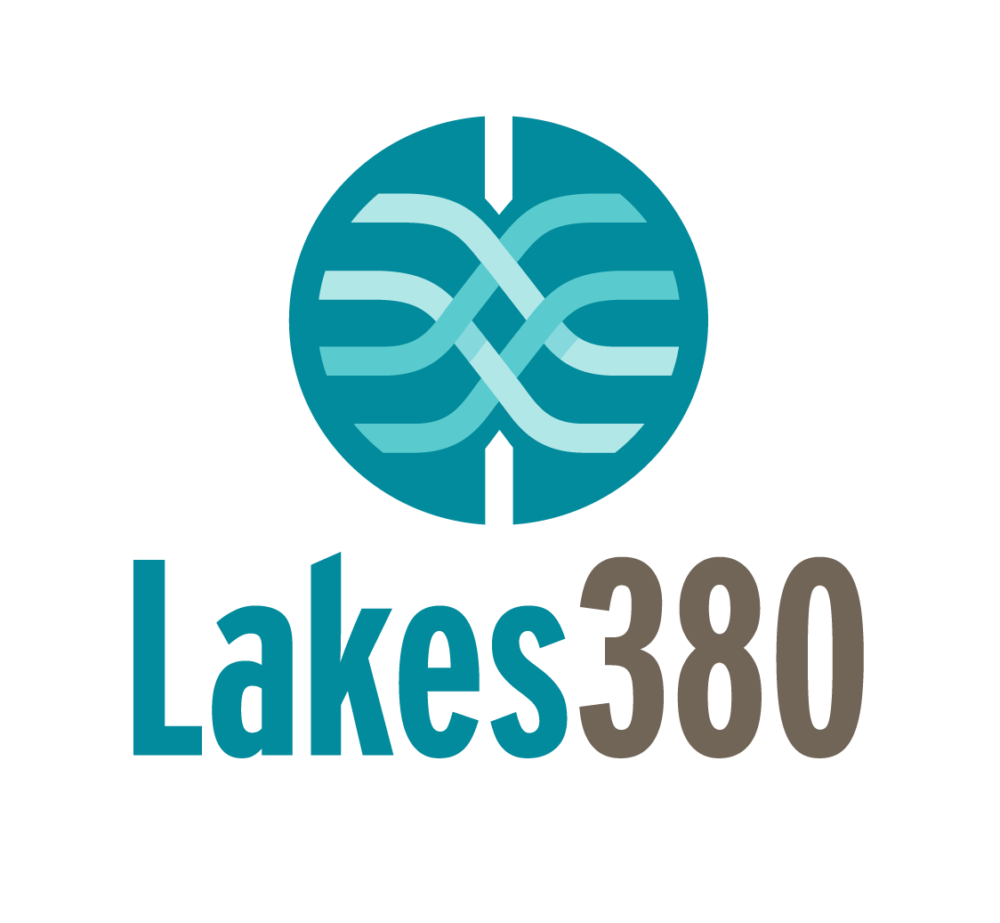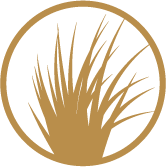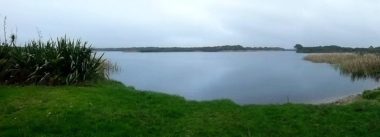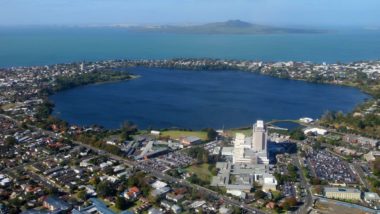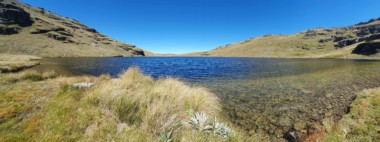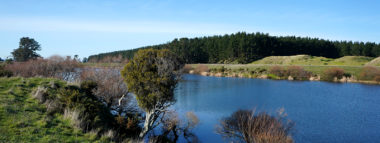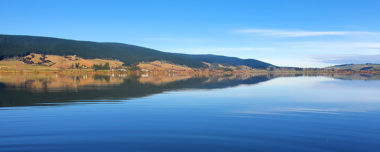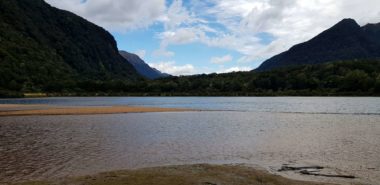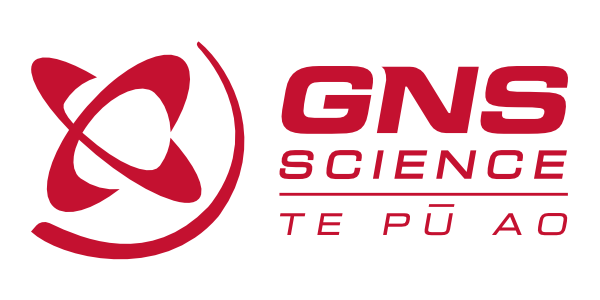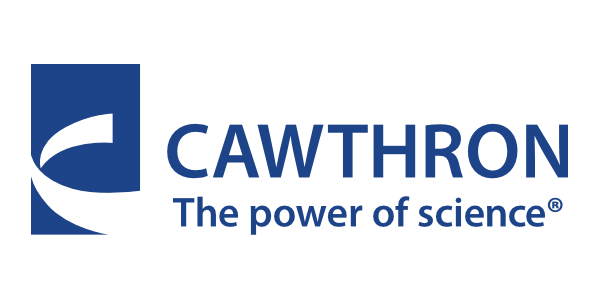Lake Wānaka, New Zealand’s fourth-largest lake, lies in a u-shaped valley formed by glacial erosion during the last ice age more than 10,000 years ago. It is fed by the Mātukituki and Makarora Rivers and is the source of the Clutha River / Mata-Au, whose outflow is close to Wānaka township on the southern shore. The Southern Alps lie to the west and northern sides of the lake (https://en.wikipedia.org/).
The water quality in the lake is very good and the ecological condition is excellent (www.lawa.org.nz)
Four small islands within the lake include Ruby Island, Stevensons Island, Mou Tapu and Mou Waho (Harwich) Island. Some host ecological sanctuaries, such as buff weka on Stevensons Island. Mou Tapu island is 120 hectares in size and is a pest free island. Mountain stone weta and the Southern Alps gecko can be found here (https://en.wikipedia.org/).
The first known map of Lake Wānaka was drawn in 1844 by the southern Ngāi Tahu leader Te Huruhuru. Numerous kāinga mahinga kai (food-gathering places) and kāinga nohoanga (settlements) were located around the lake. Foods gathered at Wānaka included tuna (eels), aruhe (bracken fernroot), weka, pora (‘Māori turnip’), mahetau, kāuru (cabbage tree root), harakeke (flax), and kākāpō (www.kahurumanu.co.nz/atlas).
For Māori, Wānaka was a natural crossroads. The Haast Pass led to the West Coast and its pounamu; the Cardrona Valley led to the natural rock bridge “Whatatorere” which was the only place that the Kawarau River and Clutha River / Mata-Au could be crossed without boats. Reed boats enabled a swift return downriver to the east coast (https://en.wikipedia.org/).
